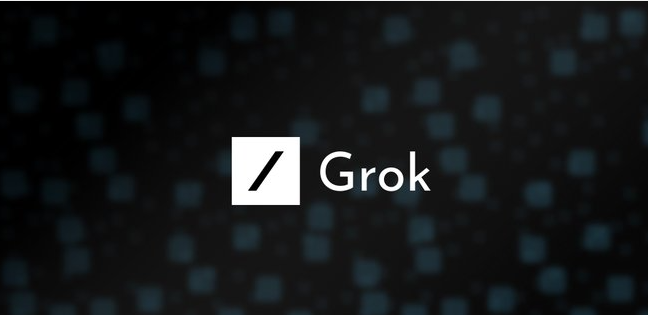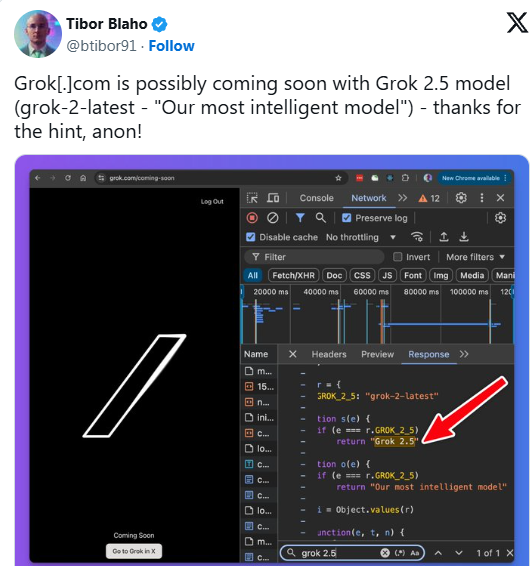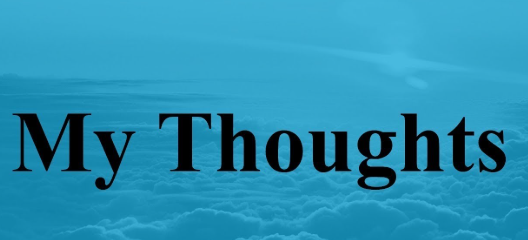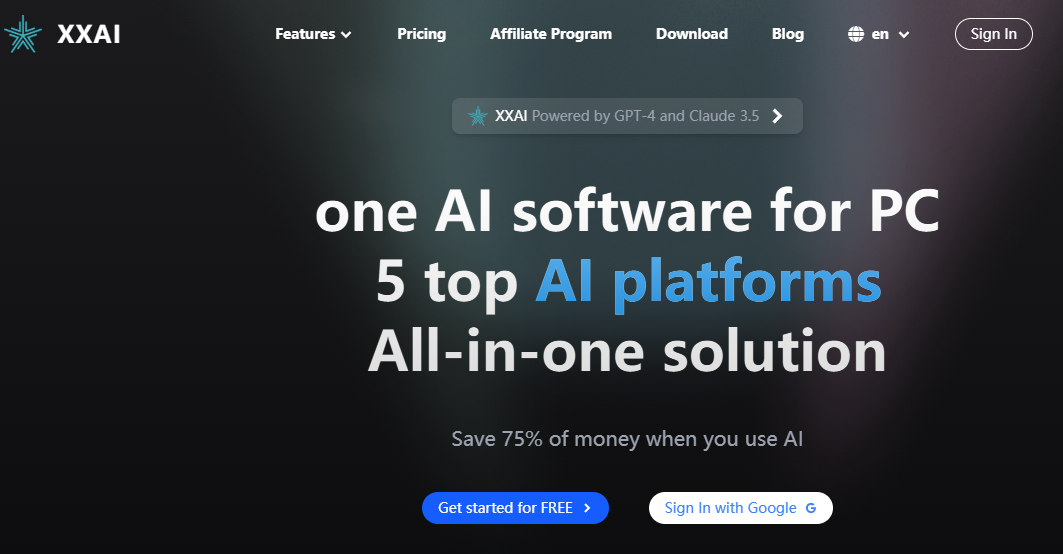Grok 3 Delayed: AI Scaling Laws Face Bottlenecks, Industry Giants Hit Pause


As a longtime observer of the AI field, I've recently noticed an intriguing trend: several major companies are delaying the launch of their next-generation AI models. Among the most notable examples is Elon Musk's xAI, which has postponed the release of its highly anticipated Grok 3. Today, I want to share my observations and thoughts on this phenomenon.
The Ambitious Blueprint for Grok 3 vs. the Real-World Challenges
In the summer of 2023, Elon Musk took to X to share an ambitious vision for the future of artificial intelligence: the launch of xAI’s next-generation AI model, Grok 3. With an enthusiastic announcement, Musk proclaimed that Grok 3 would be developed using an unprecedented 100,000 H100 GPUs, a feat that promised to push the boundaries of AI technology. This forward-looking statement positioned Grok 3 as a direct competitor to industry stalwarts such as OpenAI's GPT-4 and Google’s Gemini, and as a technology enthusiast, I couldn’t help but feel captivated by the potential of such an innovative project.
However, as we enter 2025, the excitement surrounding Grok 3 has largely evaporated. The anticipated launch has not materialized, and there is still no clear timeline indicating when or if it will ever be released. Instead, whispers of an interim model dubbed "Grok 2.5" have recently emerged—suggesting that xAI is grappling with unforeseen challenges. This raises a pressing question: What has caused such significant delays in the development of Grok 3?

A Deeper Look at the Delays Facing Grok 3
Upon further investigation, I realized that the delays surrounding Grok 3 are not unique to xAI. In fact, similar setbacks have beset other major players in the AI industry, including Anthropic, which decided to interject its plan for Claude 3.5 Opus, and even giants like Google and OpenAI, who seem to be confronted with their challenges in delivering timely updates. This realization led me to understand that these issues reflect a broader bottleneck impacting the entire field of artificial intelligence.
Several factors stand out as particularly critical in explaining the delays faced by Grok 3:
- Team Size Limitations
xAI's workforce is relatively small compared to competitors, many of which employ thousands of engineers, researchers, and developers. Limited personnel inevitably leads to slower development cycles, making it challenging to match the rapid pace of innovation seen in larger organizations.
- Constraints of AI Scaling Laws
The old adage of simply throwing more computing power and data at a problem may no longer hold true. Recent research suggests that increasing these factors yields diminishing returns on performance gains. As AI models have grown, the laws governing their scaling have revealed complexity that developers now need to navigate. This may signify that the industry requires new methodologies and frameworks to drive progress beyond computational brute force.
- Musk's Cautious Outlook
During an interview concerning Grok 3's potential impact on the industry, Musk's response was surprisingly tempered: “I hope so. That is our goal, but we might fail.” This statement encapsulates the precarious nature of pushing cutting-edge technology, where optimism must be tempered with the understanding of the potential hurdles that lie ahead.
Reflections on Grok 3’s Delayed Release
As I contemplate the implications of Grok 3’s delayed launch, I find myself extracting three crucial insights:
- New Breakthroughs in Technical Foundations Are Needed
Continued reliance on existing scaling approaches appears to be hitting a brick wall, emphasizing the necessity for novel techniques that can reinvigorate AI development.
- Resource Integration Is More Vital Than Ever
The efficient harnessing of a company’s human resources, financial capital, and innovative ideas could be decisive in overcoming systemic bottlenecks faced by smaller firms like xAI.
- A Period of Consolidation Is Inevitable
The frenetic pace of AI advancements in recent years may warrant a reassessment, highlighting the importance of quality over speed in future innovations. This phase of consolidation could allow for a deeper exploration of fundamental principles, ultimately leading to more durable advancements
My Thoughts on Grok 3 Delays

Looking forward, I perceive a silver lining in this wave of delays. It suggests a meaningful shift within AI companies, moving away from a relentless pursuit of rapid releases toward prioritizing product quality.
Ultimately, as an AI enthusiast, my anticipation grows for substantive, grounded progress in the field. Rather than being dazzled by flashy announcements and superficial marketing campaigns, I am more inclined to appreciate the intricate work required to foster enduring innovations and meaningful applications of artificial intelligence.
Conclusion
I believe that this wave of "delays" could actually be a good thing. It indicates that AI companies are starting to place more emphasis on product quality rather than blindly pursuing release speed.
Take the highly competitive AI toolXXAI, for example, which focuses on product excellence and continuously updates based on user needs. Although the pace of updates may not be as fast, the final product is sure to impress users.

As an enthusiast of the AI industry, I also look forward to seeing more substantial technological advancements, rather than flashy marketing gimmicks.
The story of Grok 3 reveals a new phase in AI development. While this phase might not be as exhilarating as those before, it could bring about more profound impacts. Let us patiently wait to see how the AI industry will overcome current bottlenecks and create new chapters.